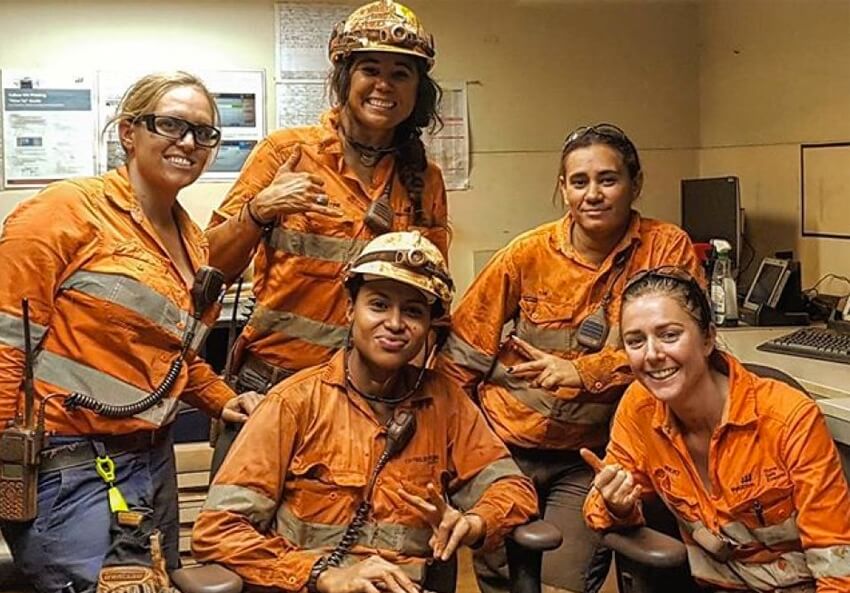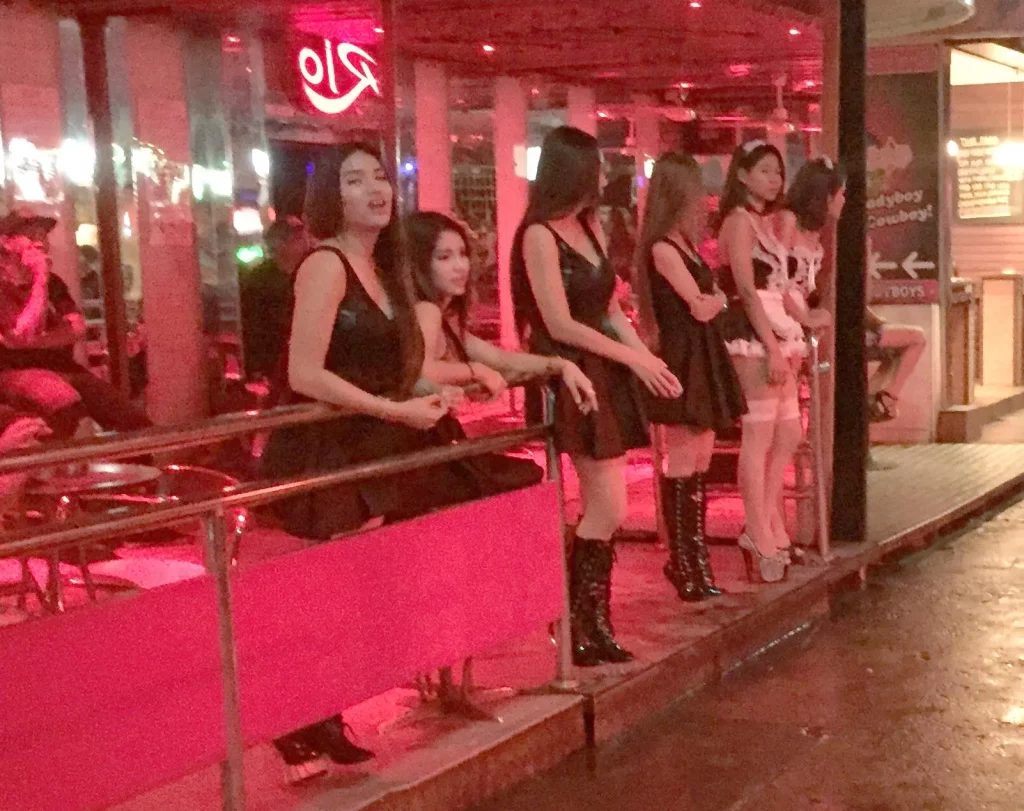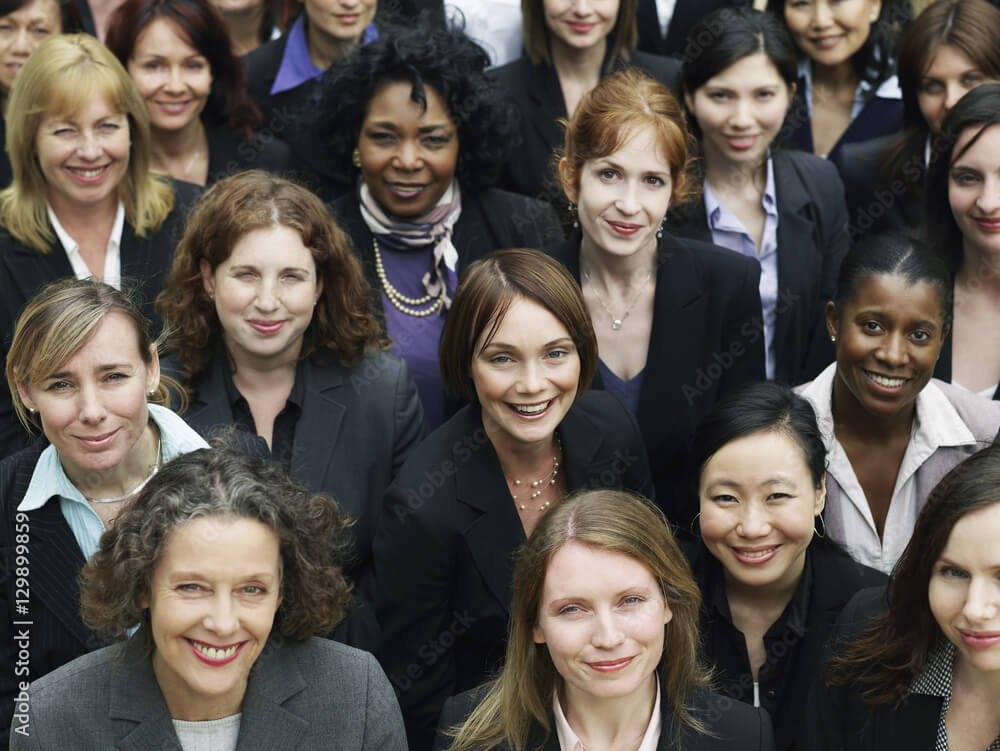Women’s Role in Workplace -: Over the past few decades, women’s role in the workplace has undergone significant changes. Historically, women were often limited to traditional roles such as nursing, teaching, and administrative support, and were excluded from many other professions. However, with the feminist movement of the 1960s and 70s, as well as changing attitudes toward gender roles, women have increasingly entered a wider range of professions.
Key changes occurred in Women’s Role in Workplace

Here are some of the key changes that have occurred in women’s role in workplace:
- Increased participation
Women’s participation in the labor force has increased significantly since the mid-20th century. In the United States, for example, per percentage of women in the labor force has risen from 30% in 1950 to over 57% in 2019, according to the Bureau of Labor Statistics.
- Greater diversity of occupations
Women have broken into a wider range of professions than ever before, including traditionally male-dominated fields such as law, medicine, engineering, and finance.
- Equal pay
While there is still a gender pay gap in many countries, progress has been made toward equal pay for equal work. In the United States, for example, the gender pay gap has narrowed from 60% on the dollar in 1980 to 82 on the dollar in 2020, according to the National Women’s Law Center.
- Leadership roles
More women are now occupying leadership positions in business and politics, breaking the glass ceiling in many industries, for example, in 2021, Kamala Harris became the first woman and first woman of color to serve as Vice President of the United States.
- Flexible work arrangements
With the rise of remote work and flexible work arrangements, women are able to balance their work and family responsibilities more easily.
Types of different collar workers – Women’s Roles in workplace & its challenges

- Red Collar Workers – Farmers or farming staff

Women play a critical role in the farming sector, contributing to food, production, income generation, natural resource management, innovation, and advocacy.
However, women farmers often face significant challenges, including limited access to resources, lack of land ownership, and gender-based discrimination. Addressing these challenges and empowering women farmers is essential for achieving sustainable and inclusive agricultural development.
2. Blue Collar Workers – workers engaged in factories or industries

Women have been involved in blue-collar work in factories for decades. Play a significant role in manufacturing and product. In many countries, women are employed in a wide range of industries. Women working in factories often perform a range of production tasks.
However, often they face wage inequality and may earn less than their male counterparts for doing the same job. They face limited opportunities for career advancement. Fewer opportunities for training and promotion as compared to men
This is due to a variety of factors, including gender-based discrimination and occupational segregation. Blue-collar work can be physically demanding and hazardous. Women may be a greater risk of workplace injuries and health issues due to factors such as ergonomic hazards and exposure to chemicals.
Despite these challenges, women working in factories as blue-collar workers have made significant contributions to manufacturing and production.
3. Black Collar Workers – workers of coal and mining oil extraction

The coal and mining oil extraction industry has historically been male-dominated, but in recent years, women have been making in roads into this industry as well. Women in coal and mining oil extraction work as black-collar workers. In recent estimations, women make up around 8 to 12 percent of the global mining workforce.
Their challenges are most similar to blue-collar working women with a greater extent of health and safety risks. Gender biases, harassment, and limited access to training and education are more common challenges. Despite these challenges, they have made a significant contribution to the industry, bringing diverse skills and perspectives to this historically male-dominated sector.
4. Pink Collar Workers – Nurses, Secretaries, Elementary School Teachers

The term “pink collar” is used to describe jobs that are traditionally held by women and are often lower-paying than jobs in male-dominated industries. Pink-collar workers are typically employed in fields such as healthcare, education, hospitality, and administrative support.
Women working in pink-collar jobs often hold service roles, such as providing care for others, managing administrative tasks, or providing customer service. Often lower-paying and limited opportunities for career advancement. May face a lack of respect and recognition for their contributions to the workforce, with their work often undervalued and dismissed. Women in pink-collar jobs have limited opportunities for career advancement, with fewer opportunities for training and promotion compared to men.
Despite these challenges, women in pink-collar jobs have made significant contributions to their industries and to the economy as a whole. They bring important skills and expertise to their roles and are often responsible for critical tasks that keep businesses and industries running smoothly.
5. White Collar Workers – Office-based work required specialized knowledge

Women working as white-collar workers are employed in a variety of industries, including finance, law, technology, healthcare, and education, White-collar jobs are typically associated with office-based work that requires specialized knowledge, skills, and expertise.
Women working in white-collar jobs often hold professional roles, such as lawyers, doctors, accountants, engineers, or managers. Women in white-collar jobs also face gender-based discrimination, including unequal pay, limited opportunities for career advancement, and bias in hiring and promotion.
Women in white-collar jobs may face challenges in balancing work and family responsibilities, with long hours, inflexible schedules, and a lack of support for parental leave and childcare. Women in white-collar jobs may experience high levels of stress and burnout, leading to mental health issues such as anxiety and depression.
Despite these challenges, women in white-collar jobs have made significant contributions to their industries and to the economy as a whole. They bring important skills and expertise to their roles and are often responsible for critical tasks that drive business growth and innovation.
6. Gold Collar Workers – Lawyers, Doctors, Research Scientists

The term “gold collar” is used to describe highly skilled and well-paid workers, including women, who are employed in fields such as engineering, research and development, and other technical or scientific fields. These jobs require advanced degrees, specialized training, and expertise in a particular field.
Gender-based discriminations, unequal pay, limited opportunities, bias in hiring and promotion, work-life balance, mental health due to high stress, and burnout are the key challenges of gold-collar working ladies. Besides this, women working in gold-collar jobs often hold technical roles that require specialized advanced knowledge and expertise. They have to cope with all these genuine requirements, bias challenges, and stressful situations.
7. Yellow Collar Workers
The term “yellow collar” is not widely used and does not have clear categorization. Somewhere it has been used to describe workers in a variety of industries, including those in service and hospitality roles, such as food service workers, retail sales associates, and cleaners. In some places, it is used for photographers, filmmakers, directors, and editors.
We will talk about both:
Yellow Collar Workers – providing customer service, cleaning, food preparations

These jobs are often low-paid and may not require specialized skills or training. Women working in yellow-collar jobs often hold service roles, such as providing customer service, cleaning, or food preparation. They work in offices and homes as well.
Often lower paying than jobs in other industries, leading to financial insecurity and limited opportunities. May face a lack of respect and recognition for their contribution to the workforce.
Despite these challenges, women in yellow-collar jobs play a critical role in the economy and in providing essential services to communities.
Yellow Collar Workers – photographers, filmmakers, directors, and editors

These professions are typically considered creative or artistic. In the creative- field, they do work both types of work related to white & blue collar. Also, do tasks other than blue & white-collar workers. These workers often have specialized skills and training in areas such as photography, film, and video production, and are often involved in the creation of media content, either for entertainment or informational purposes.
The challenges faced by women in these professions may include gender-based discrimination, limited opportunities for career advancement, and lack of diversity and inclusion in the industry.
8. Green Collar Workers

Green-collar jobs are typically those that are involved in environmental conservation, sustainability, and renewable energy. Women working in green-collar jobs are often involved in activities such as conservation, recycling, waste management, and renewable energy production.
Here are some key roles and challenges faced by women working in green-collar jobs.
Women working in green-collar jobs often hold roles that contribute to environmental sustainability, such as energy auditors, sustainability consultants, or environmental scientists. They face gender-based discrimination, including unequal pay, limited opportunities, and bias in hiring and promotion. Some green-collar jobs may involve physical work, which may pose challenges for women who may be less physically strong than their male counterparts.
Women in green-collar jobs may face challenges in balancing work and family responsibilities, with long hours, inflexible schedules, and a lack of support for parental leave and childcare.
Despite these challenges, women in green-collar jobs are critical to addressing the urgent environmental challenges facing the planet. They bring important skills and expertise to their roles and are often responsible for driving innovations in sustainable technologies and practices.
9. Gray Collar Workers – Police officers, Security

The security industry traditionally has been male-dominated, but women are increasingly making their mark in this field. Women work as security officers, performing tasks such as monitoring security cameras and patrolling premises. Security managers also work in management roles.
The role of women in policing is becoming increasingly important as more women are joining police forces around the world. They bring unique skills and perspectives to law enforcement, including the ability to de-escalate situations, communicate effectively, and build relationships with communities.
The challenges of this class include gender discrimination, physical demands of the job, safety concerns, and lack of representation and mentorship.
10. Passenger Attendants

Women have been working as passenger attendants on various modes of transportation, such as trains, buses, cruise ships, and airplanes for many years. The role of women in this field is crucial as they are responsible for ensuring the safety, comfort, and well-being of passengers during their journey.
Their challenges include gender biases, physical demands of the job, they may have to stand for long periods, air buses may face safety concerns, they have to work for long hours, and traveling frequently which can make it challenging to balance work and personal life.
11. Women working in the entertainment Industry

Women working in the entertainment industry, including showbiz, face a range of challenges that can make it difficult to succeed and advance in their careers. Some of the key challenges include gender bias and discrimination, objectification and sexual harassment, and pressure to conform to beauty standards. Women in showbiz may face ageism, with many roles and projects being geared toward younger women. These jobs are demanding, with long hours and extensive travel which make it challenging to balance work and personal life.
12. Scarlet Collar Workers – Prostitutes, the pornography industry

An unethical and illegal industry in many parts of the world. Women who engage in it face a range of moral, social, legal, and health-related challenges. It is important to note that these challenges are not unique to women who work as prostitutes. These are often compounded by factors such as poverty, social inequality, discrimination, or some other personally unethical approaches. Efforts to address the challenges faced by these women must take a comprehensive, holistic approach.
Working women of all categories face a range of challenges that can make it difficult to succeed and advance in their careers in comparison to their male counterworkers. Addressing the challenges faced by women in various all collars jobs is essential for promoting gender equality and creating a more inclusive and diverse workforce, contributing to the economy more effectively.
The common challenges every working woman is facing are comprising on:
- Glass Ceiling
- Gender bias and discrimination
- Balancing work and family responsibilities
- Lack of support system and flexibility
- Sexual harassment, gender-based violence,
- Lack of representation and leadership due to male domination.
Women’s contributions to our lives and society are invaluable. We intend to explore more into the topic of working women’s roles in our upcoming posts. Hence, we can have a deeper understanding and appreciation for their essential role in shaping the world.
Concluded.
Disclaimer: The majority of the pictures on our platform are sourced from Google images and Pexels, and may not indicate copyright ownership. We will promptly remove the picture with sincere apologies, if any copyright claims.







